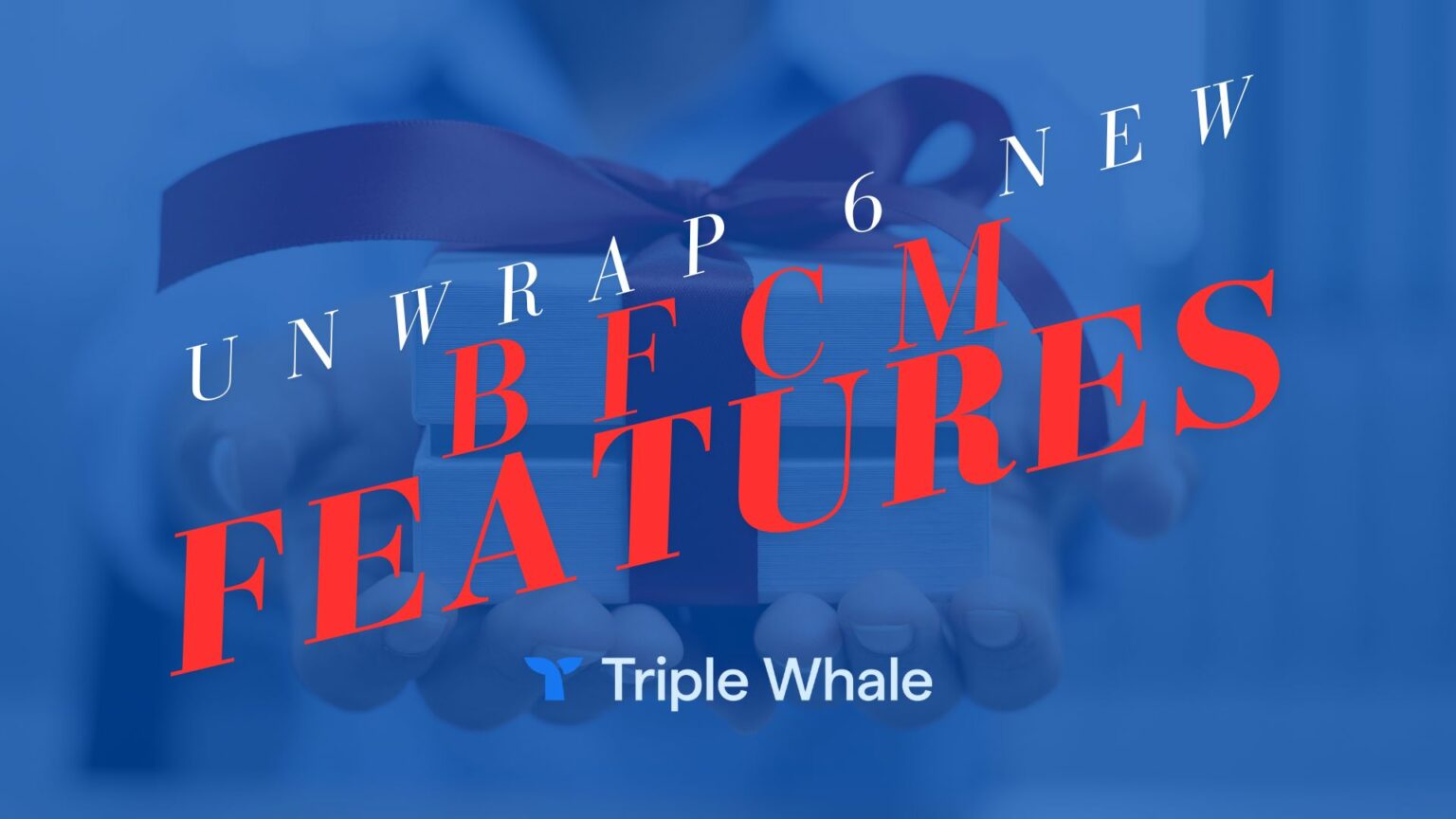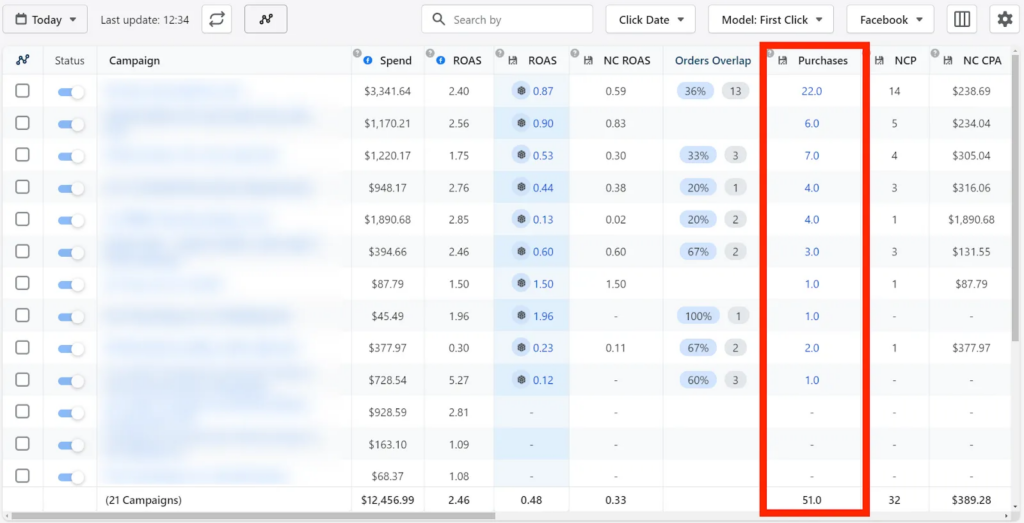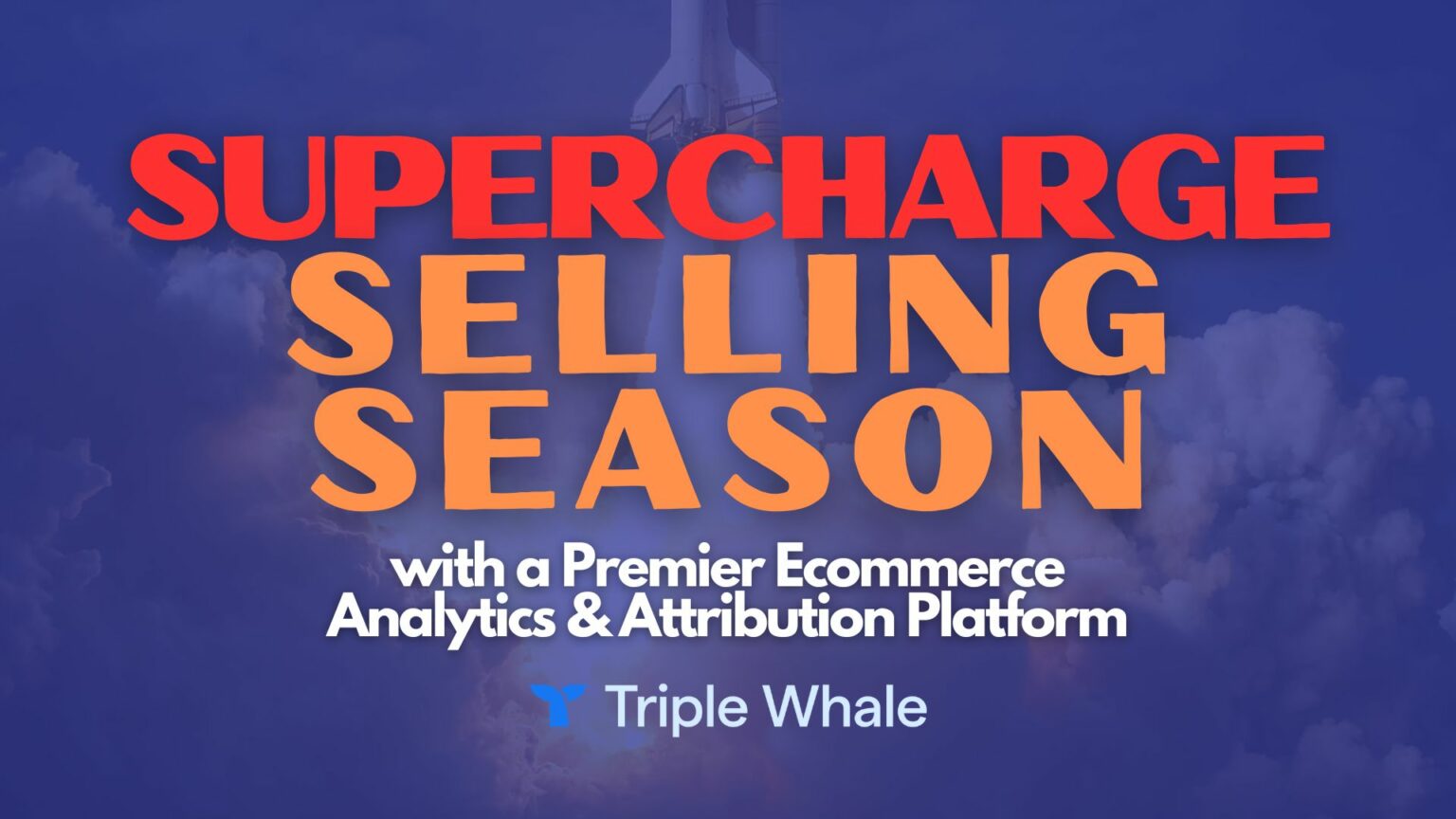
5 Tips to Get More Out of BFCM ‘24


BFCM ‘24 is going to be big.
Consumers are struggling with inflation, and the elections have people worried, and economic uncertainty is real — but still, Black Friday and Cyber Monday are going to be big for online sellers.
How do we know? Let’s look at some numbers.
In 2022, US online retail consumers spent a record $9.12 billion on Black Friday across all platforms. In 2023, Shopify merchants alone captured $9.1 billion in sales over BFCM weekend.
The rise of in-app checkout options and other integrations have created more places than ever for online shoppers to buy. As ad buyers, marketers, eCommerce brands, and DTC business owners prepare for this year’s shopping season, Triple Whale has a few tips that can help you prepare for BFCM ‘24 — and prevent you from leaving money on the table.
1. Protect Your Email List With an Exclusion Segment
Nothing turns off potential repeat customers as quickly as ads for sales or discounts that they have already used, and aren’t eligible to use again.
For this reason, it’s a good idea to exclude subscribers who have already purchased from your brand from about 90% of what you send during a promotion-heavy period like BFCM.
This is easy in systems like Klaviyo. Build a segment where the action = “placed an order”, AFTER, [insert date your promotion started]. Add this segment to the “exclude” section of your email campaigns, and the segment will automatically update with anyone who fits the criteria.
This will protect your email list, but make sure you remember to remove the exclusion when you start a new promotion or if you need to send out a customer-wide update related to inventory or shipping timelines.
2. Set Everything Up For BFCM ‘24 in Advance (Like, Now)
When you run big promotions during BFCM, you’ll inevitably bring customers into your ecosystem who aren’t really your customers. They’re actually buying gifts, and the recipients of those gifts are your real customers.
To identify “gifters,” create a Post-Purchase Survey that asks “who are you buying for?” during BFCM. You can store that data in systems like Klaviyo or Triple Whale and build customer segments of buyers who purchased for a friend, spouse, boyfriend, or girlfriend.
When you start running new promotions in 2025, you can create specific messaging for “gifters” at key buying times like Valentine’s Day, Father’s Day, Mother’s Day, or another holiday that is most appropriate for your buyer and the person they’re buying for.
3. Keep Inventory in Check with Product Analytics
We mentioned above that potential repeat customers will be unhappy if they receive ads for sales that they’ve already participated in. But there’s an even “Grinch-ier” group of prospects during BFCM — the would-be buyers who click on an ad for a sale and see “sold out” when they reach the product page.
And it’s not just prospects who lose out. If a best-selling product size or color is no longer in stock, promoting that page with ads could waste ad spend and hurt your conversions.
Fortunately, the Product Analytics feature in Triple Whale can protect your sales (and your prospects’ feelings) by delivering a robust array of real-time KPIs for every product and variant.
With Product Analytics, you can ensure that you have enough stock to support your promotions and see which ads drove sales of each product. This data is useful for iterating and improving on ads quickly to maximize the BFCM shopping season, and knowing when to stop ads due to slowing returns.
4. Track Relevant KPIs During BFCM
When BFCM sales begin, it’s important to have real-time visibility into ad performance, spending and inventory levels, and customer acquisition costs. Triple Whale’s Pixel Page offers a few ways to view your data for Neo-in-the-Matrix levels of BFCM tracking:
Time Frame: Measure real-time performance by selecting Today as your timeframe. Triple Whale syncs with all connected platforms approximately every 15 seconds, which is as close to real time as you can get.
Click Date: Click Date helps you judge ad performance by surfacing buyers who both purchased and clicked on an ad during a selected time frame. In the example below, all purchases are from customers who both clicked on an ad and purchased today.

First Click: The First Click model is important for determining which platforms are driving awareness and, later, conversions. For example, if a buyer clicks on a Facebook ad and then uses Google to access a brand’s website later, Facebook gets First Click credit. This is especially useful in the future for prospecting and budgeting paid ad campaigns.
5. Stay Calm
Your final consideration for BFCM 2024 should be… yourself. The retail machine is going to grind on either way, so you can spare a little attention for self-care to keep your body and mind fresh.
Remember, for example, to take breaks, go outside, and get some sun. Check in with family and friends, drink water, and get enough sleep. And trust your team, if you have one, to do what they do best.
Like we said at the top, BFCM 2024 is going to be big. You can make the most of it, but the time to start preparing is now.
Get BFCM performance details at your fingertips with the Triple Whale mobile app, available now in the Apple App Store or Google Play Store.



